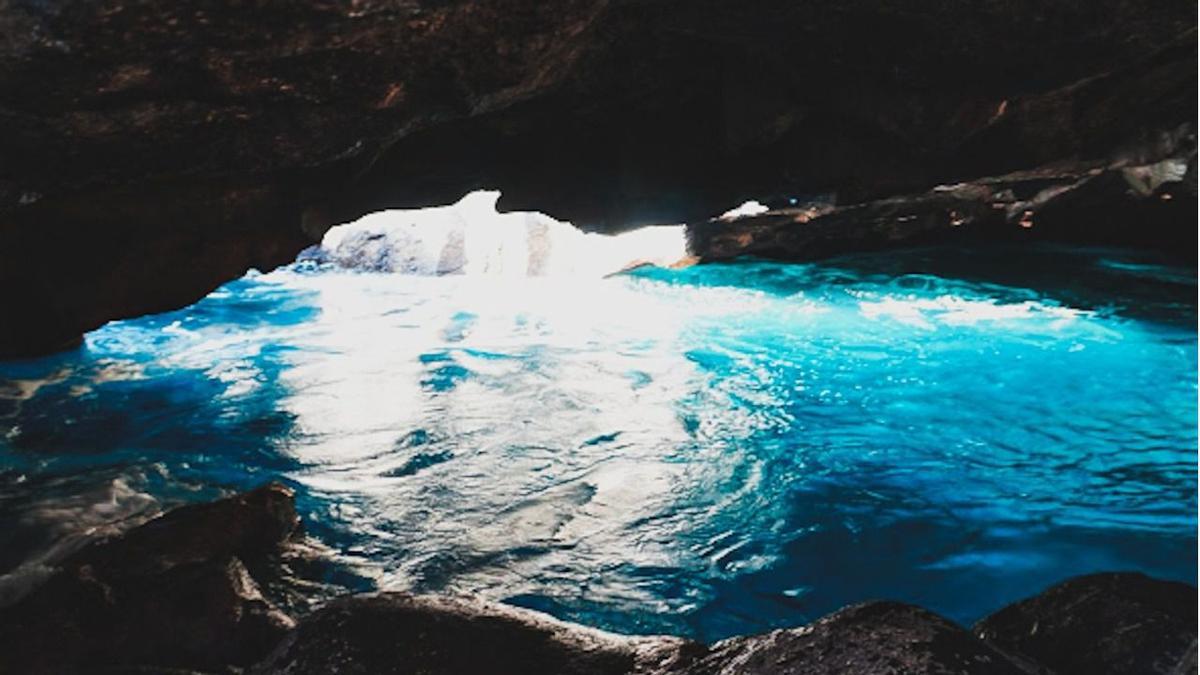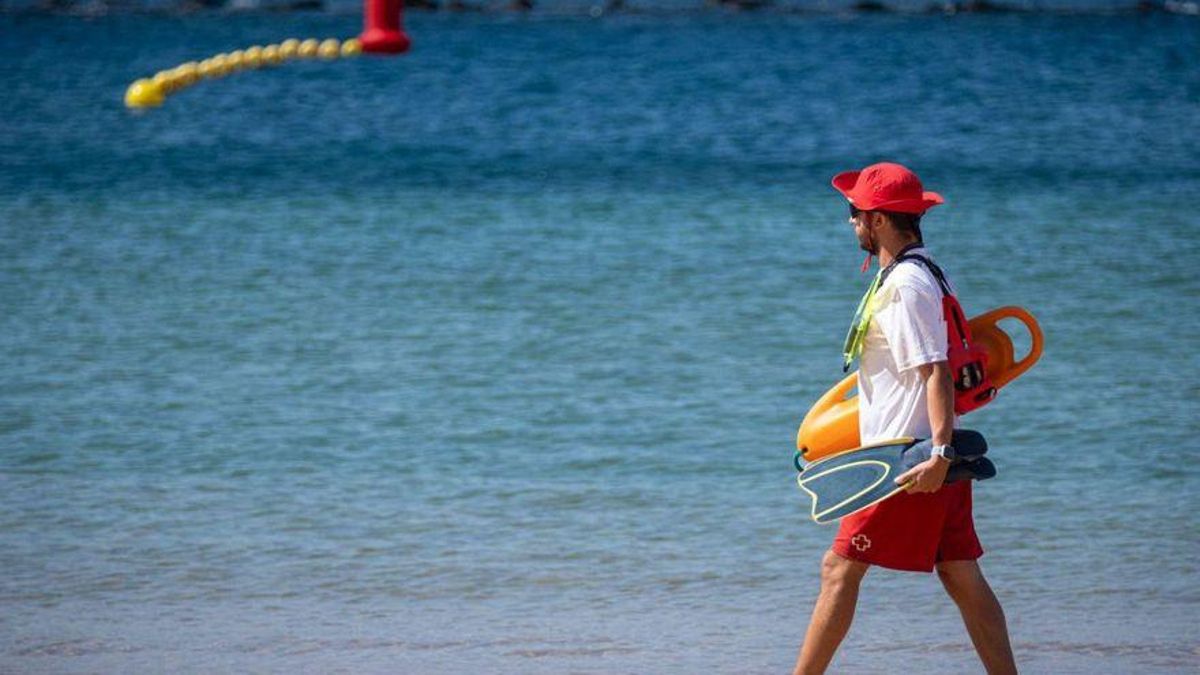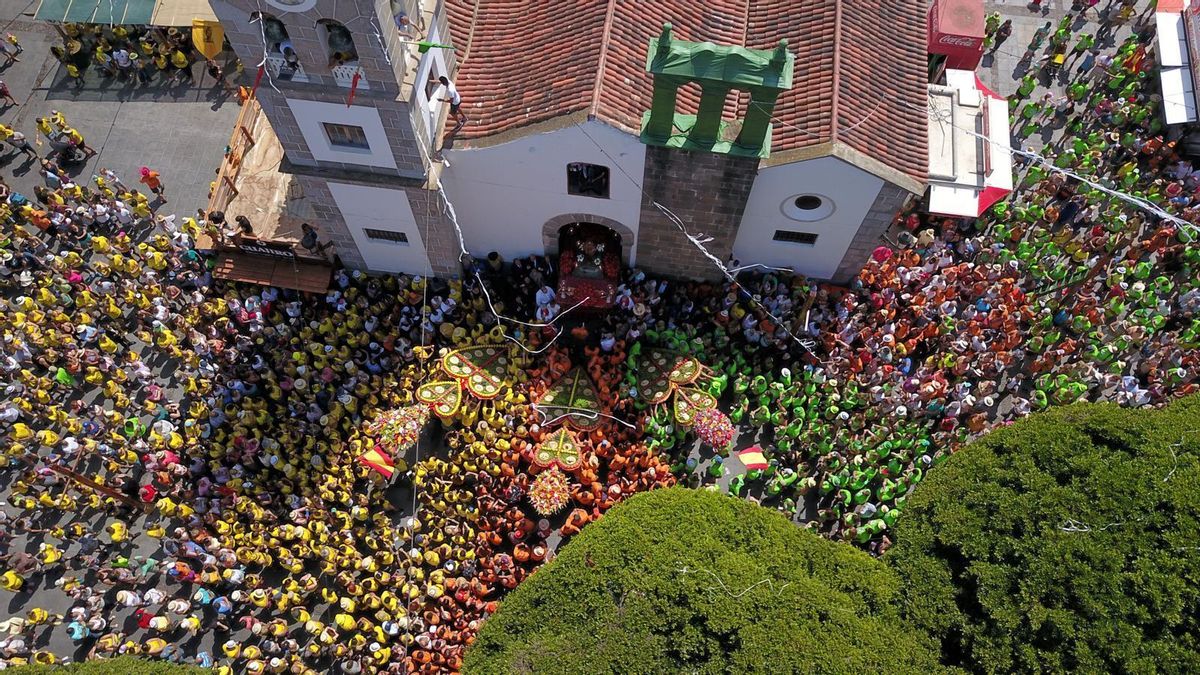Tragic Increase in Drownings at Las Teresitas Beach
Las Teresitas Beach in Tenerife has now surpassed one of the most dangerous spots on the island in terms of fatalities: the Cave of El Tancón in Santiago del Teide, where swimming is prohibited due to high risks. Up until last week, the beach had recorded seven fatalities since 2016, the same number as documented at the hazardous “bufadero” of Puerto de Santiago during that time. However, last Wednesday, a man drowned at the beach adjacent to San Andrés, bringing the total to eight.
Teresitas Beach attracts tens of thousands of visitors each year [it is the most frequented beach in Tenerife], so statistically, it is not entirely surprising that it could exceed deaths at other coastal locations. However, it is striking that a beach, seemingly so tranquil, has recorded the highest mortality rate on the island in the last decade, even more so than other swimming areas that experience stronger waves and currents.
In the municipality of Santa Cruz, 28 drowning fatalities have been recorded since 2016. These include the deaths at Las Teresitas, along with five fatalities in Almáciga, four in Benijo, and two at Las Gaviotas. The remaining individuals lost their lives in locations such as Tamadite, Igueste, Añaza, El Sifón, the La Hondura dock, the Fishing Dock, or the small cove at the Tahodio ravine.
Fañabé in Adeje, where 20 fatalities have been recorded, is the third most lethal bathing area in Tenerife in the last decade with six drowning victims. In Santiago del Teide, aside from the drownings at El Tancón, there are ten additional deaths across various locations: four in the Los Gigantes coast and three at Playa de la Arena. El Charco de La Laja in San Juan de la Rambla and Playa de El Médano in Granadilla de Abona also recorded three drowning incidents.
The municipality with the highest number of fatalities in hotel swimming pools is Arona, with four deaths. In terms of natural pools, the coast of La Laguna has suffered the most tragedies, with four fatalities at Bajamar, two at Punta del Hidalgo, and another two at Jover.
Natural pools in La Laguna have the highest number of casualties and accidents.
The figures for aquatic accidents, whether at beaches, coastal areas, natural pools, or hotel and municipal pools, have been collected by the Canarias 1.500 km de Costa Association, which has maintained a detailed record of fatalities, injuries, and rescues over the past decade. On the island of Tenerife alone, there have been 192 recorded fatalities between 2016 and 2025, during which nearly 700 accidents have occurred.
Fatalities and Accidents
Las Teresitas has also been the beach with the highest mortality rate from 2022 to 2025, with five fatalities. Meanwhile, the natural pools at Bajamar in La Laguna are the aquatic site that has recorded the most accidents across the island in the same timeframe, with six incidents involving fatalities, injuries, and rescues.
The president of the Canarias 1.500 km de Costa Association, Sebastián Quintana, states that the high mortality rate at Las Teresitas is related to the fact that “it is an artificial beach where a breakwater was constructed, similar to those at Mogán, Pasito Blanco, or Amadores, which, due to the lack of waves, creates a false sense of security.” He explains that human intervention with barrier constructions alters underwater currents, leading to unexpected drops that can catch swimmers off guard.
Who Drowns in the Canaries?
The typical profile of drowning victims in the Canaries is “a male [of every ten drownings, eight are men] aged between 55 and 75, who typically die at beaches that often lack lifeguard services or during hours when lifeguards have finished their shifts.” Quintana notes that unlike in mainland Spain, “that male aged between 55 and 75 who dies in the afternoon at a beach without lifeguard services is generally of foreign origin, with 75% of drowning fatalities in the islands being from outside Spain.
In terms of nationalities, Germans account for the highest number of drowning victims in the Canaries, followed by British, French, Italian, and Russian nationals, among a total of 37 nationalities, Quintana points out.
This year, two minors have died, and accidents involving children have surged due to a lack of supervision from adults.
Increase in Accidents Involving Minors
Despite the typical profile of drowning victims being middle-aged men, four minors have drowned in the Canaries in 2025, two of them in Tenerife, the highest number in the past decade. Additionally, 20 other young individuals have been rescued in the first eight months of the year showing signs of drowning, with 11 in serious condition and the remaining nine in critical condition.
“This is an unprecedented situation that concerns us greatly, something we haven’t seen in this decade. Most of these accidents could have been prevented as nine out of ten cases occur due to a lack of supervision or attention from the adults in charge, usually parents,” Quintana says, adding, “contrary to popular belief, the real danger for minors is not so much the beaches, but the pools, where three out of four fatal drownings occur.”

Imprudent bathers swimming in the Tancón pool despite it being prohibited. / El Día
In addition to fatalities and injuries among minors, since 22 February, 15-year-old Arek, a Polish national, has been missing after being swept away by a wave at Charco del Viento in La Guancha while he was collecting crabs with his seven-year-old sister. A wave pulled them out to sea. The children’s father managed to grab the little girl but could not save Arek.
Negligent behaviour is also a cause of accidents along the coasts. This summer, more than thirty young people were swimming in Charco del Cangrejo in Santiago del Teide during high tide. Nearly a dozen of them were swept out of the natural pool by strong waves. “Some people believe that natural pools are relatively safe, but they can be deadly traps when hit by strong waves,” Quintana asserts.
Fatal drownings have decreased by 17% this year, but there has been an increase in bathers with critical injuries, with 135 recorded during initial assistance at beaches or pools throughout the archipelago. “On average, five people drown in the islands each month, making it the only autonomous community where the leading cause of accidental death is not traffic-related but drowning, with fatalities doubling those occurring on the roads,” he details.














